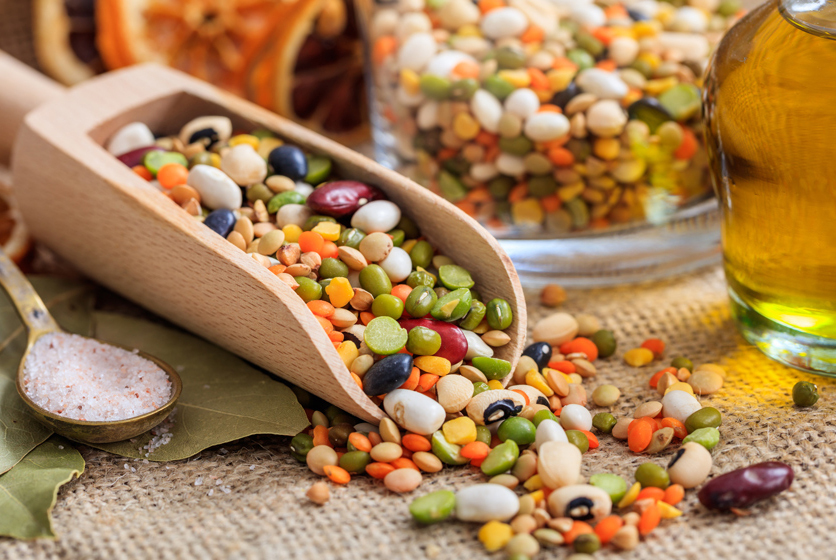Pulses Production in India
Pulses have immense nutritional benefits to offer to consumers. They contain high fibre, low glycemic index and help in handling issues like blood pressure and cholesterol too. And if you were to look at pulses from the production point of view, it seems like they have plenty of benefits to offer to the farmers as well.
Pulses in India
Pulses or crops harvested for dry grain are grown in a large number of states in India. Some of the major pulses are:
- Bengal Gram
- Pigeon Peas
- Green Gram
- Chick Peas
- Red Kidney Beans
- Black Eyed Peas
- Lentils and
- White Peas
As far as production is concerned, India has put around 20% of land under pulses cultivation. According to the Food and Agriculture Organization (FAO) India is the world’s largest producer of pulses. States such as Karnataka, Madhya Pradesh, Maharashtra, Rajasthan and Uttar Pradesh are top producers of pulses.
It is interesting to note here that the work done by institutes like the All India Coordinated Maize Improvement Project (AICMIP) and the Indian Institute of Pulses Research (IIPR) helped in fostering more research into a range of pulses and in identifying specific agro-climatic zones for pulse production all over India.
Pulses and farmers
Depending on the choice of pulses and the geographical location of the farmer, they can grow pulses all year around. For instance, pigeon peas and green gram grow during the kharif season; lentils and black-eyed peas can be grown during rabi season and cow peas during zaid - to name just a few.
Pulses also offer the following benefits to farmers:
- They are nitrogen fixers
- Cost advantages - it takes considerably lower amounts of resources to grow pulses
- Great for intercropping and crop rotation practises
- Climate resilience
- Longer shelf life
- Need very little processing

India’s success story
India has managed to ramp up its pulses production in the past decade or so. This is due to multiple factors such as institutional support, introduction of new cultivars, better technology and production systems and even government policies that supported the production of pulses.
For instance, a partnership between Indian Council of Agricultural Research (ICAR) and The International Crops Research Institute for the Semi-Arid Tropics (ICRISAT) have helped develop high-yield cultivars for pigeon pea and chick pea varieties.
It is also relevant to note that certain regions of India boosted their production of pulses. For example, South India and Central India overtook even the world in chickpea production by increasing the land under cultivation.
From 2014 to 2019, the total area under pulse cultivation saw a bit of see-saw growth and as of 2020, India had 28.3 million hectares under pulse cultivation. This is lower than the 29.2 million hectare mark in 2019. Being the largest producer of pulses in the world, India also exports this produce. In the year 2020-21, India exported 296,169.83 metric tons of pulses.
It is encouraging to note that new programs, government support, and collaborations between research institutes, farmers & various other stakeholders are boosting the production of pulses and helping the farmers immensely.



